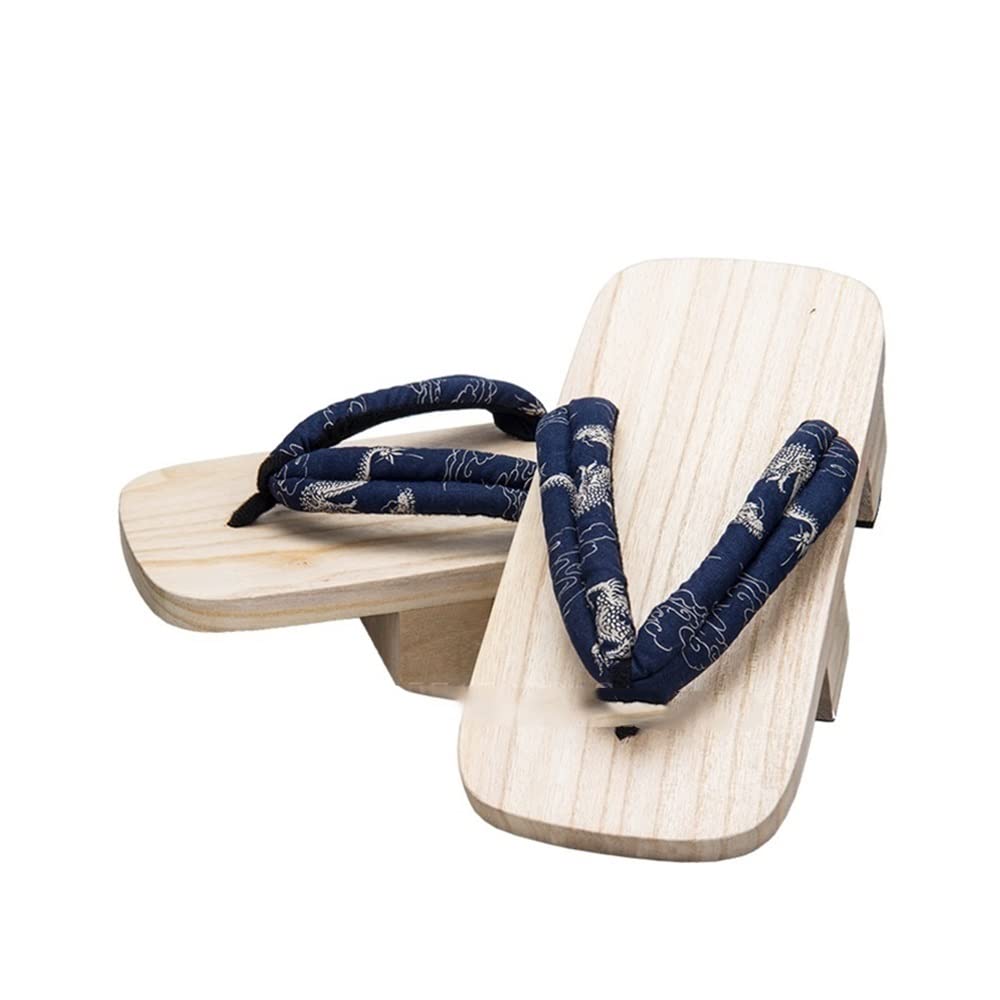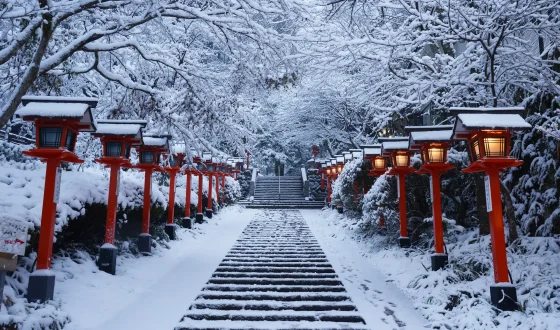Step into Tradition: Exploring Flip-Flops in Japan
Discover the fascinating journey of flip-flops in Japan, where tradition meets modernity in the world of footwear fashion.
Introduction
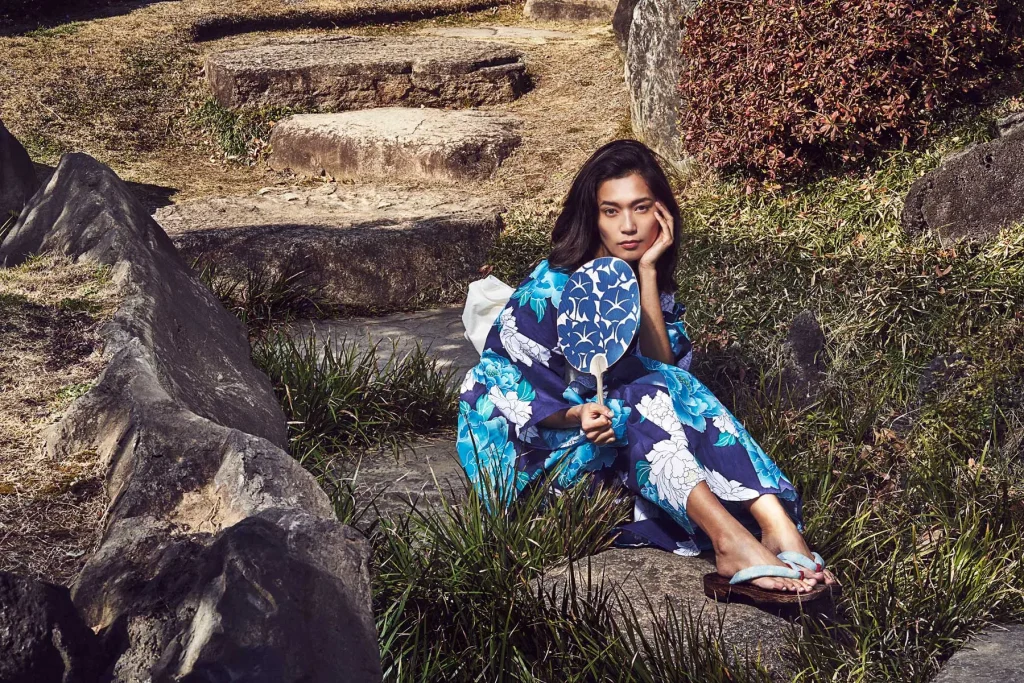
In Japan, where tradition blends seamlessly with modern life, even something as ordinary as flip-flops carries a rich cultural significance. ( Source: Internet)
In Japan, where tradition blends seamlessly with modern life, even something as ordinary as flip-flops carries a rich cultural significance. In our blog post, “Step into Tradition: Exploring Flip-Flops in Japan,” we dive into the history, styles, and cultural importance of these iconic sandals. Join us as we uncover the stories and traditions behind this everyday footwear in the Land of the Rising Sun.
What are flip flops?
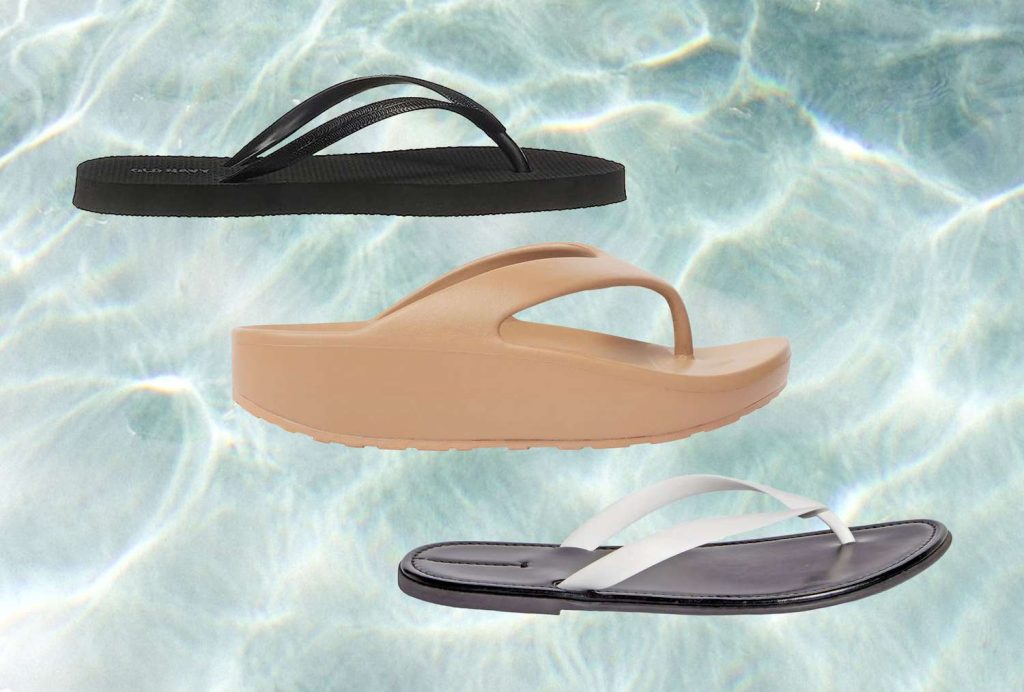
Flip flops are a style of slipper with a Y-shaped strap that crosses over the big toe and second toe and a flat sole made of rubber or other flexible materials. (Source: Internet)
Flip flops are a style of slipper with a Y-shaped strap that crosses over the big toe and second toe and a flat sole made of rubber or other flexible materials. Flip flops are commonly referred to as “flops” in everyday speech.
Flip-flops are a common choice for hot weather, the beach, or casual gatherings since they are frequently regarded as casual and simple to slip on and take off. They are known as “flip-flops” because of the noise that walking in sandals that have their soles flip or lift off the ground makes.
Do Japanese wear flip-flops?
Yes, Japanese people often wear flip-flops, called “zōri” (草履) in Japanese. However, the use of flip-flops in Japan depends on the context. Here are some common situations where Japanese people may wear flip-flops:
Everyday fashion: Like people in many other countries, Japanese people wear flip-flops for daily activities, especially during the summer months. They are convenient for walks, beach trips, or simply relaxing at home.
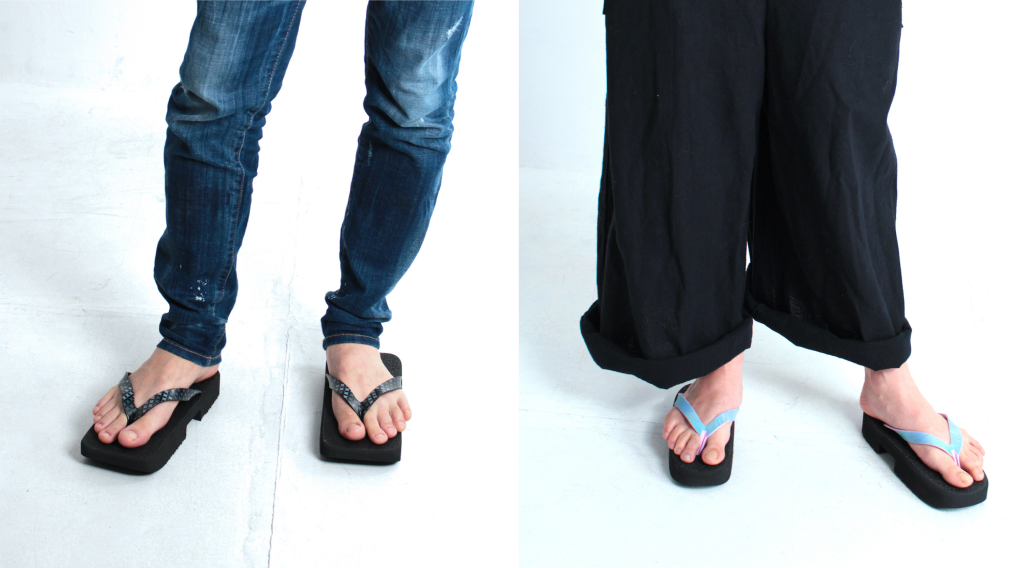
Like people in many other countries, Japanese people wear flip-flops for daily activities, especially during the summer months. (Source: Internet)
Traditional Events: Flip-flops are occasionally worn during traditional occasions such as summer festivals (matsuri) when individuals don yukata, a lightweight traditional garment. Zōri, a more formal variation of flip-flops, is commonly paired with yukata.
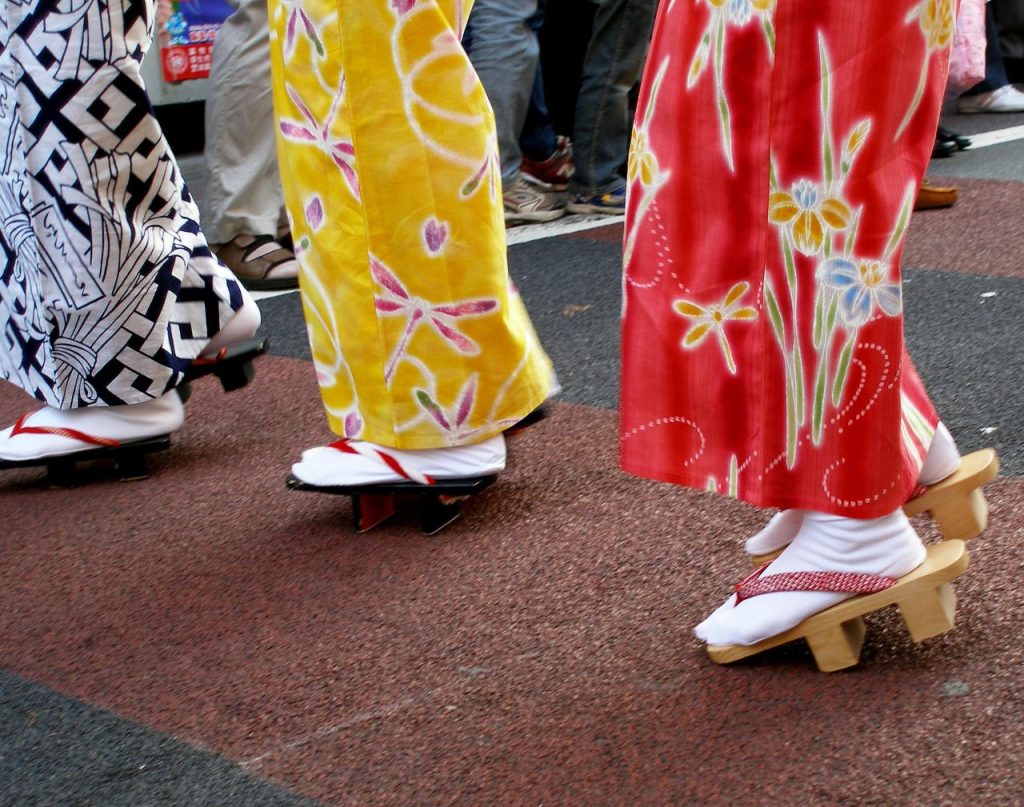
Flip-flops are occasionally worn during traditional occasions such as summer festivals (matsuri) when individuals don yukata, a lightweight traditional garment. (Source: Internet)
Around the House: Many Japanese individuals opt for flip-flops as indoor footwear to maintain cleanliness and comfort on the floors. It is customary to remove outdoor shoes before entering a Japanese home and instead wear indoor slippers or flip-flops.
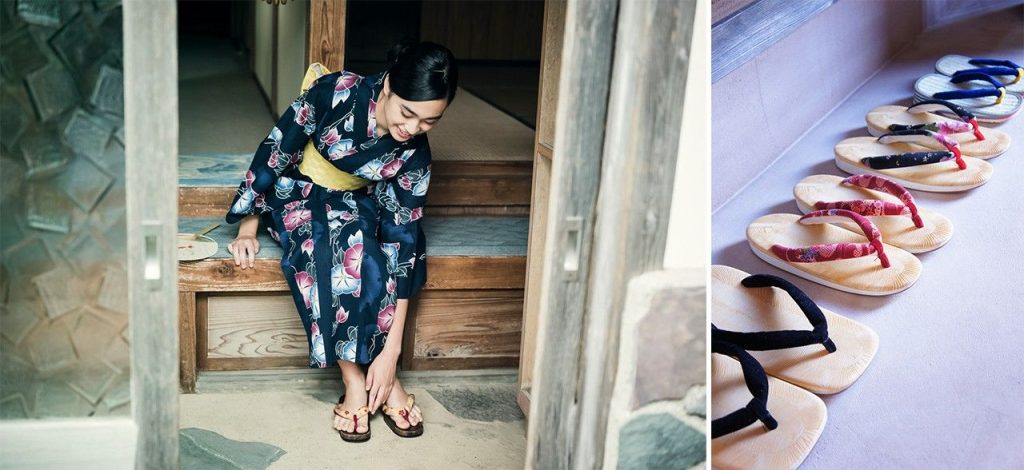
Many Japanese individuals opt for flip-flops as indoor footwear to maintain cleanliness and comfort on the floors. (Source: Internet)
Public Bathhouses (Onsen and Sentō): In public bathhouses, flip-flops are usually provided or recommended for hygiene purposes Visitors are advised to wear them when moving around the facilities.
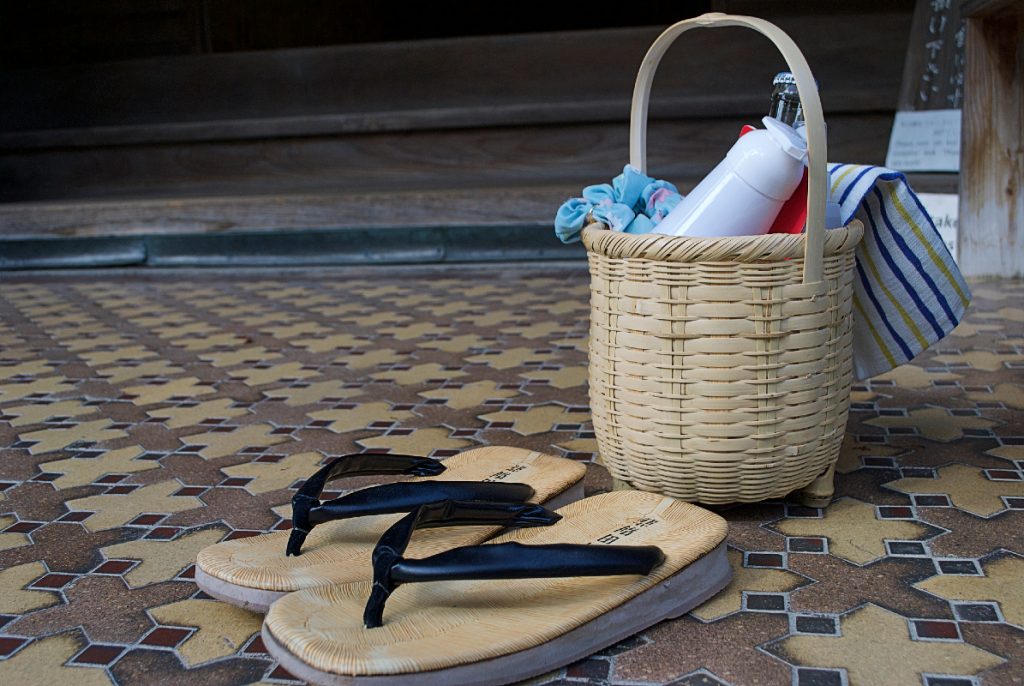
In public bathhouses, flip-flops are usually provided or recommended for hygiene purposes. (Source: Internet)
However, in formal or business settings, flip-flops are not appropriate and people tend to prefer more formal footwear. Traditional geta or zori can be worn with more formal attire.
Therefore, although flip-flops are indeed worn in Japan, their usage largely depends on the formality of the occasion and cultural norms.
A Glimpse into Japanese Footwear Culture
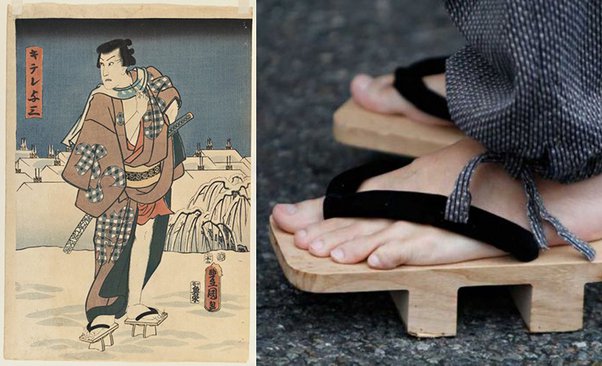
Before delving into the world of Japanese flip-flops, it is necessary to understand the cultural context. (Source: Internet)
Before delving into the world of Japanese flip-flops, it is necessary to understand the cultural context. Japanese footwear holds a special position in history and national identity. Traditional shoes have been an integral part of Japanese culture for centuries, reflecting not only their functionality but also social status and even fashion trends. This rich heritage has given rise to the diverse world of Japanese flip-flops.
The History of Japanese Flip-flops
Origin and Evolution

Japanese flip-flops are believed to have originated from China and were introduced to Japan many centuries ago. (Source: Internet)
Japanese flip-flops, known as “zori,” have a long and ancient history. They are believed to have originated from China and were introduced to Japan many centuries ago. The initial versions were simple straw sandals, but over time, they evolved into elegant and intricate designs as we see today.
The cultural significance
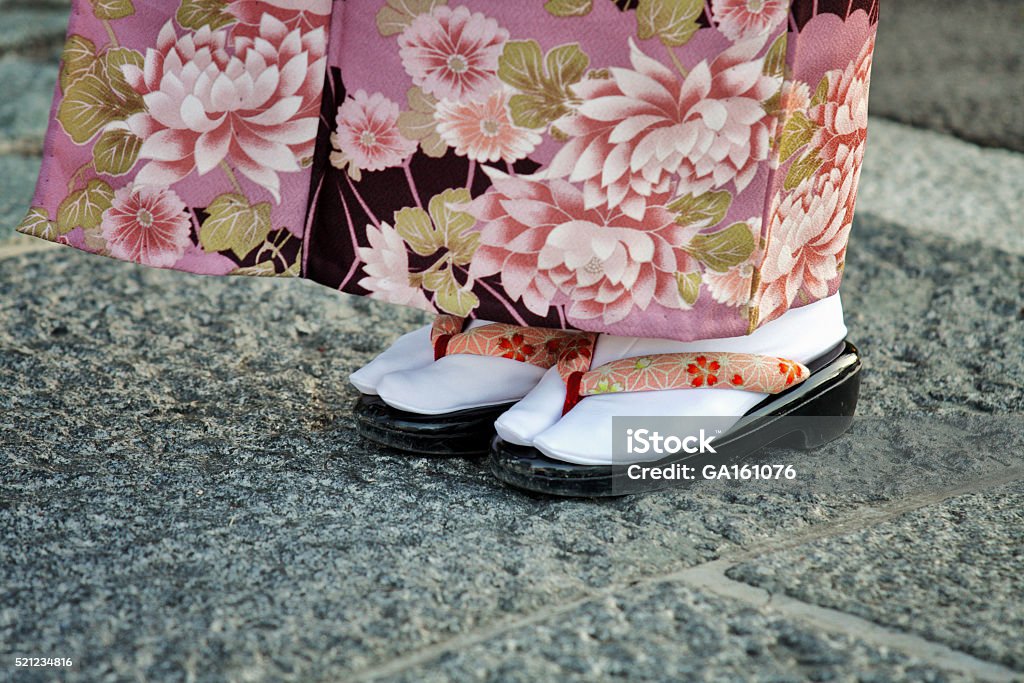
Zori and other types of Japanese thong sandals have played essential roles in various aspects of Japanese life. (Source: Internet)
Zori and other types of Japanese thong sandals have played essential roles in various aspects of Japanese life. They are not just footwear; they are symbolic items worn during ceremonies, weddings, and other special occasions.
Types of Japanese Flip-Flops
Japanese flip-flops come in various styles, each with its own characteristics and purposes. Here are some of the most popular types:
Geta
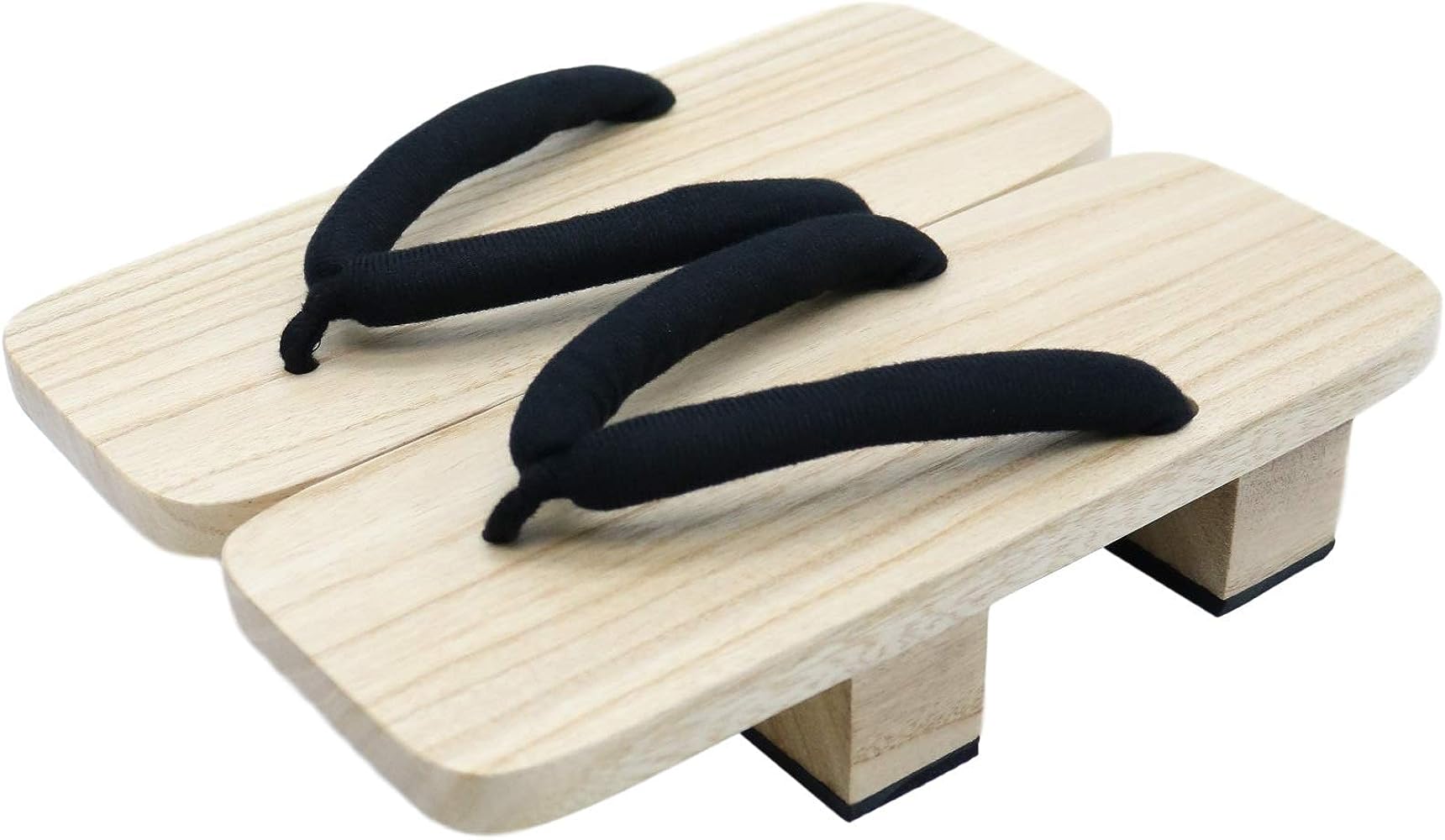
These are wooden flip-flops with high platforms and distinctive strap designs. (Source: Internet)
These are wooden flip-flops with high platforms and distinctive strap designs. Getas are known for their comfort and are traditionally worn with Japanese attire such as kimonos.
Zori
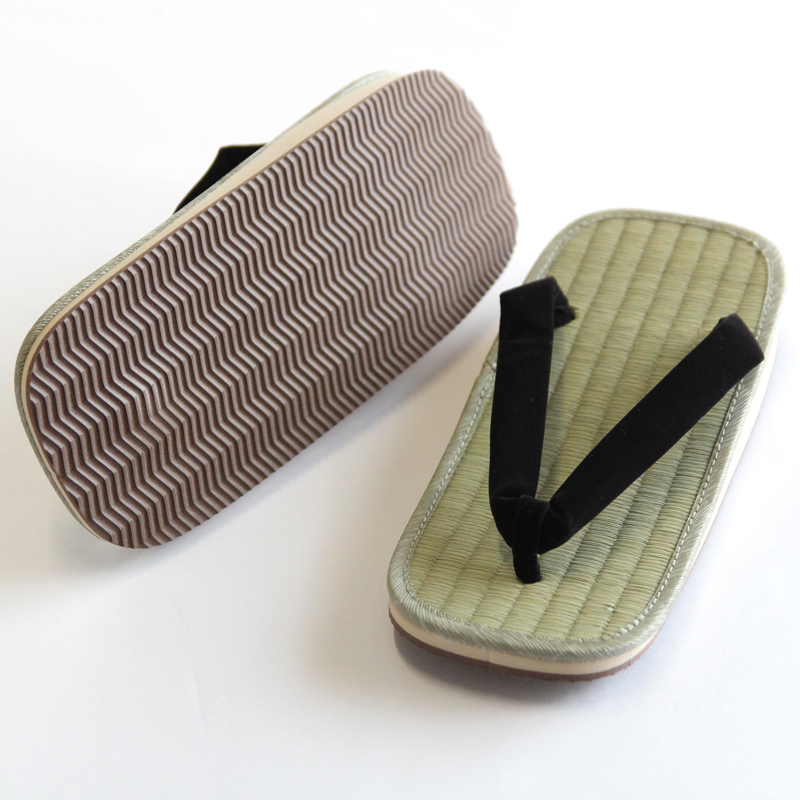
Zori is a type of flat sandal with intricate designs, usually made from straw or fabric. (Source: Internet)
Zori is a type of flat sandal with intricate designs, usually made from straw or fabric. They are highly versatile and can be worn with both casual and formal attire.
Setta
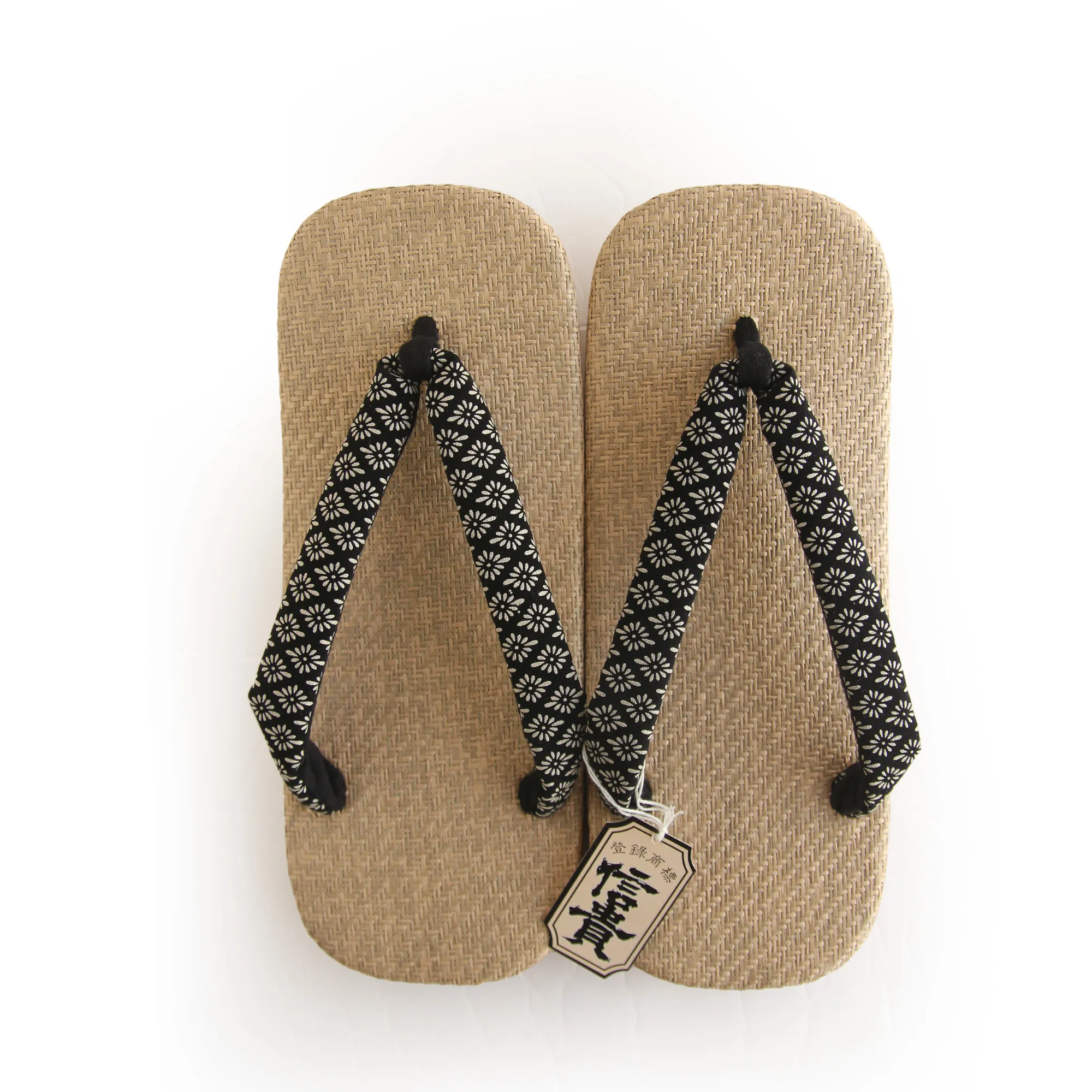
Similar to Zori but with a rubber sole, Setta offers better durability and is suitable for everyday wear. (Source: Internet)
Similar to Zori but with a rubber sole, Setta offers better durability and is suitable for everyday wear.
Waraji
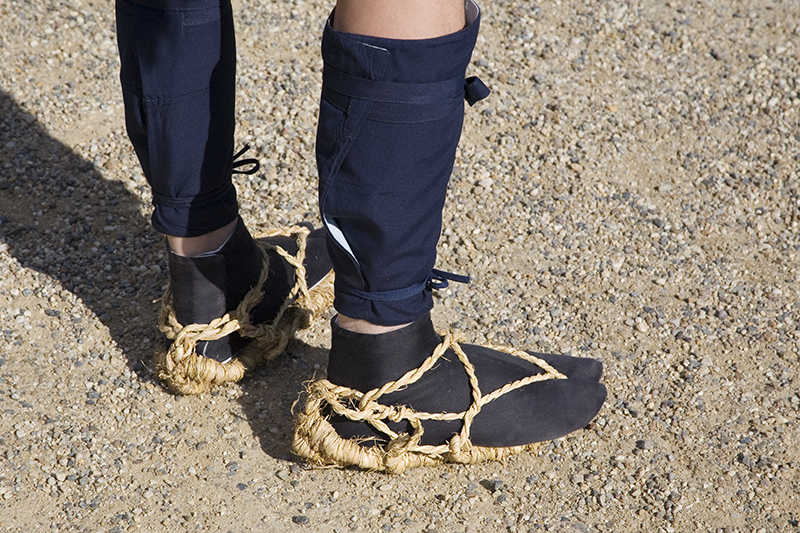
This is a traditional straw sandal with a simple and charming appearance, often used by Japanese monks and martial artists. (Source: Internet)
This is a traditional straw sandal with a simple and charming appearance, often used by Japanese monks and martial artists. They are particularly comfortable and breathable.
Craftsmanship and Materials
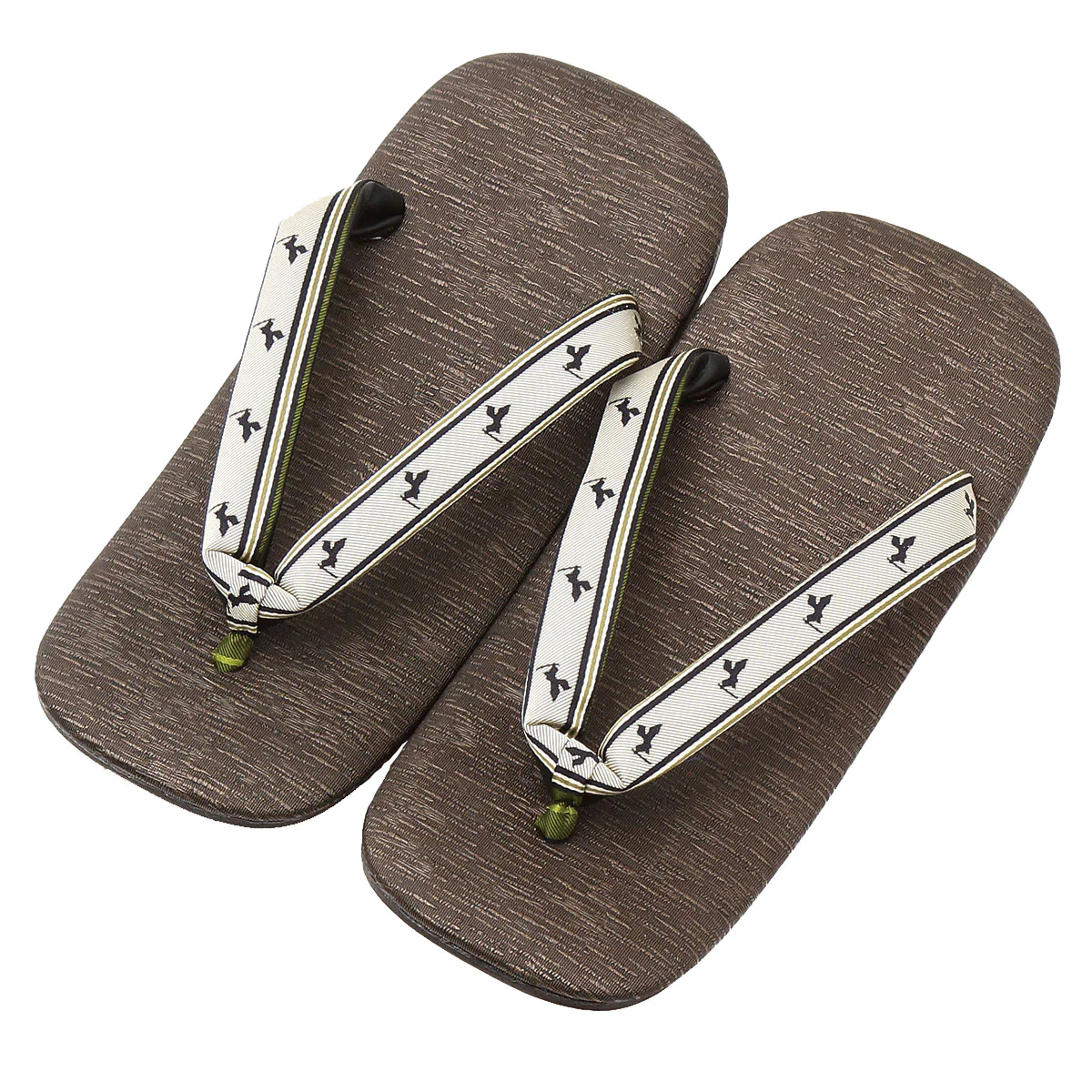
Japanese flip flops are renowned for their exceptional craftsmanship and choice of materials. (Source: Internet)
Japanese flip flops are renowned for their exceptional craftsmanship and choice of materials. These sandals are often meticulously handcrafted by skilled artisans who take immense pride in their work. The materials used, such as premium wood, straw, and silk fabric, are carefully selected to ensure both comfort and visual appeal.
The art of crafting Japanese flip-flops is a meticulous and laborious process. It entails the precise carving of wood, intricate weaving of straw, and careful attention to every detail. The outcome is not merely a pair of shoes, but a masterpiece.
Benefits of Japanese Flip Flops
Japanese flip flops, also known as geta, offer not only aesthetic appeal but also exceptional comfort and functionality.
Enhanced Comfort
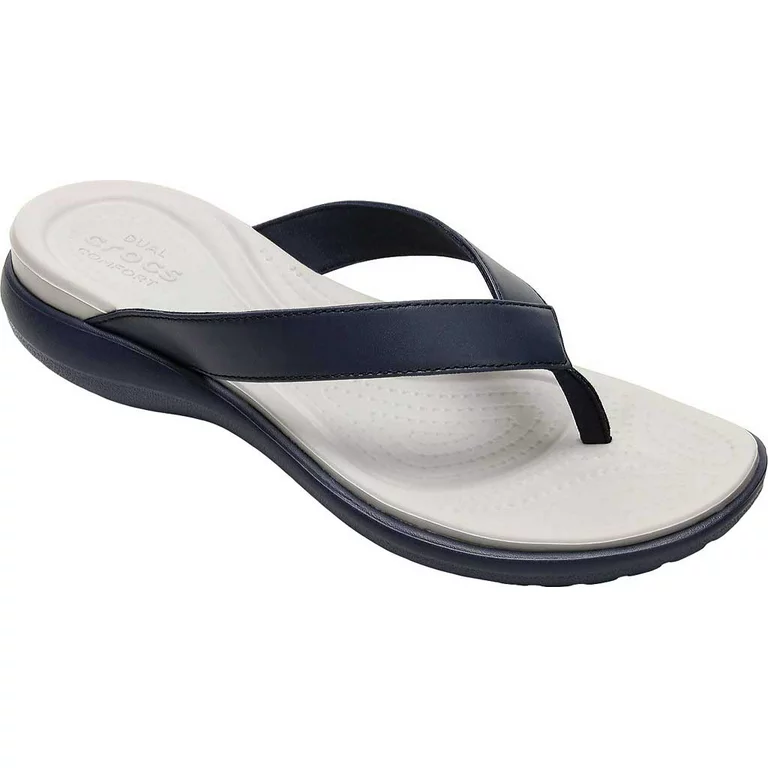
The ergonomic design and use of natural materials ensure that Japanese flip-flops offer unparalleled comfort even during extended periods of wear. (Source: Internet)
The ergonomic design and use of natural materials ensure that Japanese flip-flops offer unparalleled comfort even during extended periods of wear. Geta, in particular, features elevated soles that provide excellent arch support, further enhancing the overall comfort.
Durability
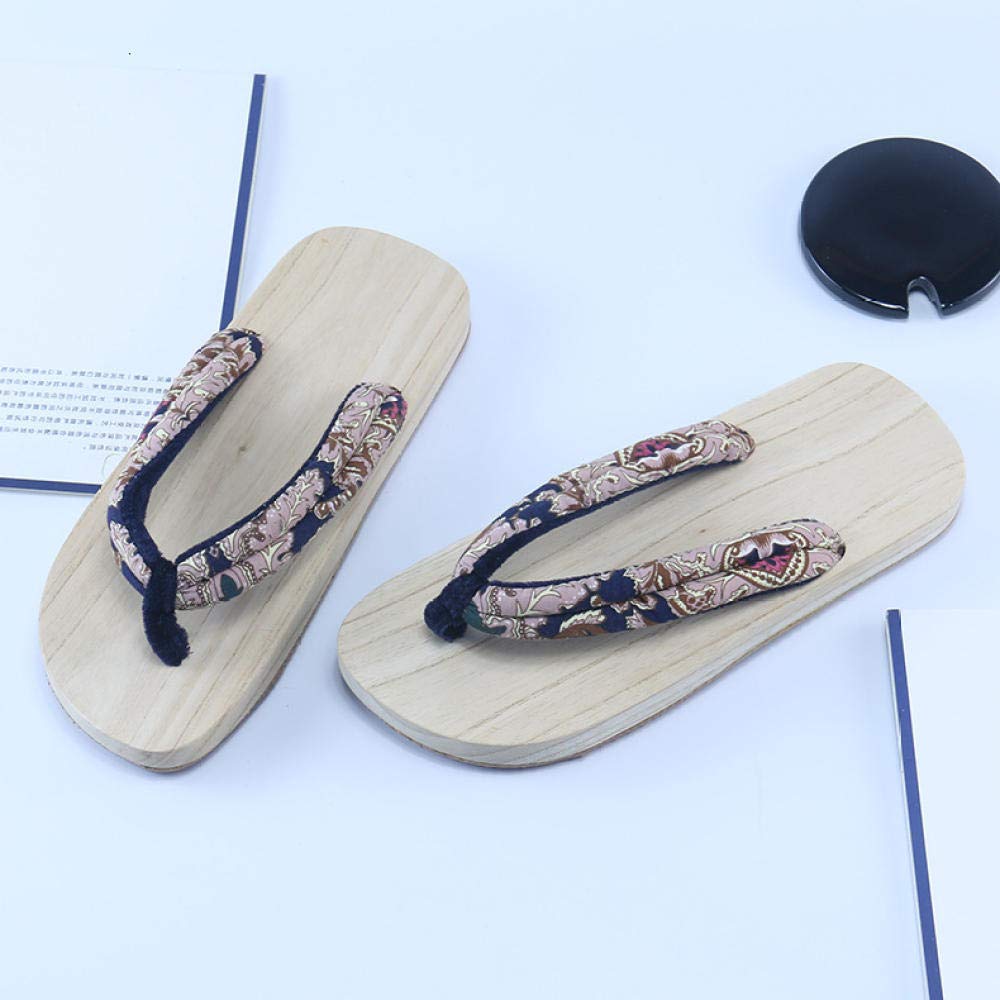
Japanese flip-flops are renowned for their long-lasting quality and durability. (Source: Internet)
Japanese flip-flops are renowned for their long-lasting quality and durability. Made with meticulous craftsmanship and high-quality materials, these flip flops can withstand the test of time with proper care, ensuring they can be enjoyed for years.
Foot Health

The design of Japanese flip flops prioritizes foot health by providing optimal support and allowing for proper ventilation. (Source: Internet)
The design of Japanese flip flops prioritizes foot health by providing optimal support and allowing for proper ventilation. This design feature helps maintain the well-being of your feet by promoting proper alignment and allowing them to breathe comfortably.
Style with Japanese flip-flops
Incorporating Japanese flip-flops into your wardrobe can enhance your style with a touch of elegance and uniqueness. Here are some ideas that we believe will suit your taste:
Casual Chic
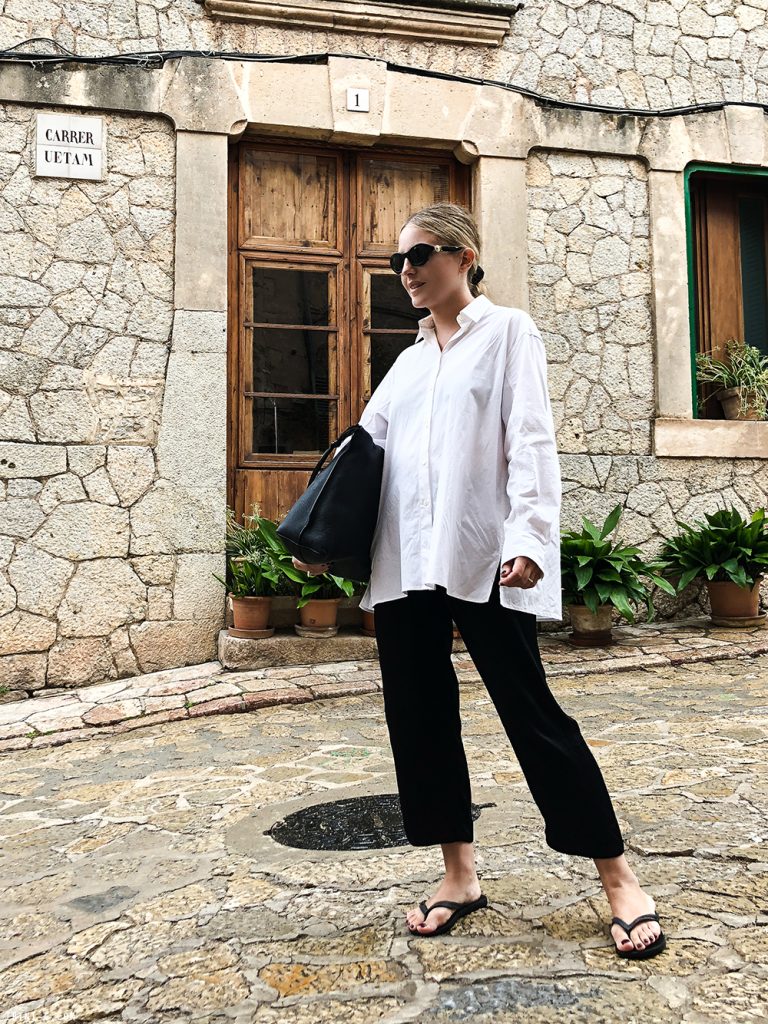
Combine a zori set with a sundress or jeans for a relaxed yet sophisticated look. (Source: Internet)
Combine a zori set with a sundress or jeans for a relaxed yet sophisticated look.
Formal Elegance
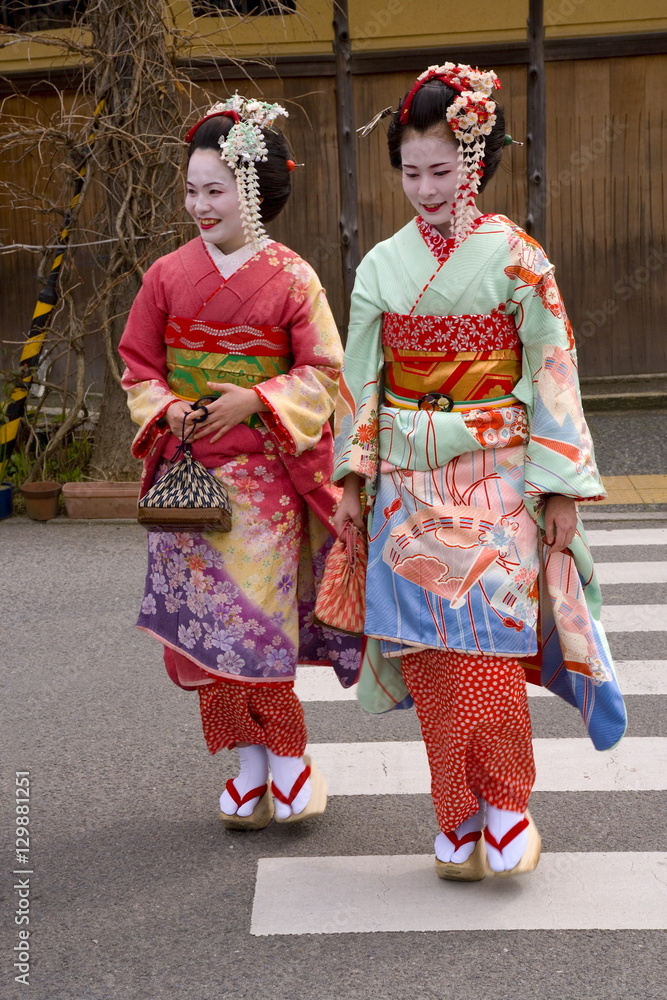
Enhance your formal attire with a pair of geta or setta. They are the perfect complement to a traditional kimono or yukata. (Source: Internet)
Enhance your formal attire with a pair of geta or setta. They are the perfect complement to a traditional kimono or yukata.
Beach Vibes
Embrace the summer atmosphere by donning Japanese flip-flops adorned with floral patterns while strolling along the beach.
Everyday Comfort
Opt for waraji as your go-to footwear for daily activities. They offer breathability, comfort, and style.
Places to find Japanese flip-flops
If you are longing to own a pair of these exquisite flip-flops, you are in luck. You can find authentic Japanese flip-flops both online and at select retail stores. Please find reputable retailers specializing in traditional Japanese footwear to ensure authenticity and quality.
| Brand/Store | Brief overview | Price | Advantages | Disadvantages | Website |
| Japan Avenue | Japan Avenue is an online store from Japan specializing in traditional Japanese clothing, jewelry for both men and women, tea brewing tools, home decor, and kitchen utensils. | $39.9 -70 |
|
Japan Avenue | |
| Japan Object Store | In addition to flip-flops, this store also sells a variety of other items such as canvas bags, teacup sets, tea caddies, coffee mugs, and silk ropes,…for both men and women. | $79.99 |
|
|
Japan Object Store |
| Ebay | $16.57- 236.01 |
|
|
Ebay | |
| Aliexpress | $0.54-60.2 |
|
|
Aliexpress |
Or you can visit Tsujiya In Asakusa to find your perfect flip-flops. Asakusa has many traditional spots such as Sensoji Temple. A great way to immerse yourself in the traditional town scenery of Asakusa is to wear a kimono or yukata. This way, you can capture stylish photos while strolling along the streets.
When wearing a kimono, it is recommended to wear traditional Japanese footwear such as geta or zori. Tsujiya is a 100-year-old shoe store where you can design and produce your own pair of geta or zori. With a wide variety of footwear to choose from, it is difficult to leave the store without a pair of your own!
Address: 1 Chome-36-8 Asakusa, Taito City, Tokyo 111-0032, Japan. Map
Caring for Japanese Flip Flops
To keep your Japanese flip-flops in pristine condition, follow these tips:
- Regular Cleaning: Wipe them down with a damp cloth to remove dirt and dust.
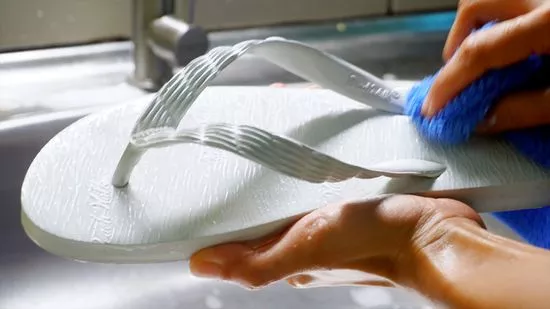
Wipe them down with a damp cloth to remove dirt and dust. (Source: Internet)
- Storage: Store them in a cool, dry place away from direct sunlight to prevent warping or fading.
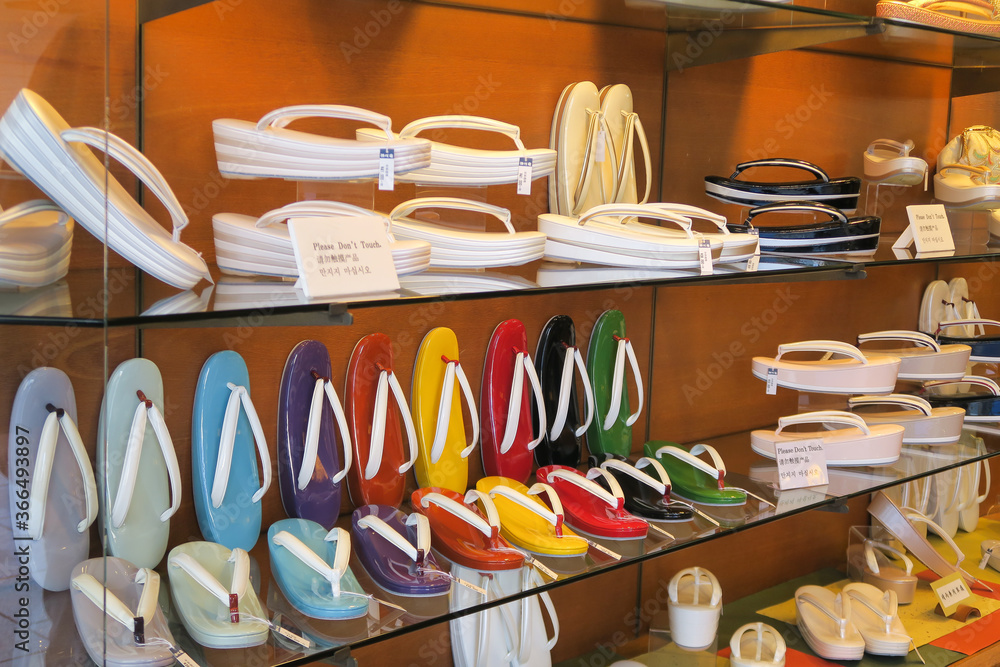
Store them in a cool, dry place away from direct sunlight to prevent warping or fading. (Source: Internet)
- Repair: If you notice any wear and tear, consider getting them repaired by a professional cobbler who specializes in Japanese footwear.
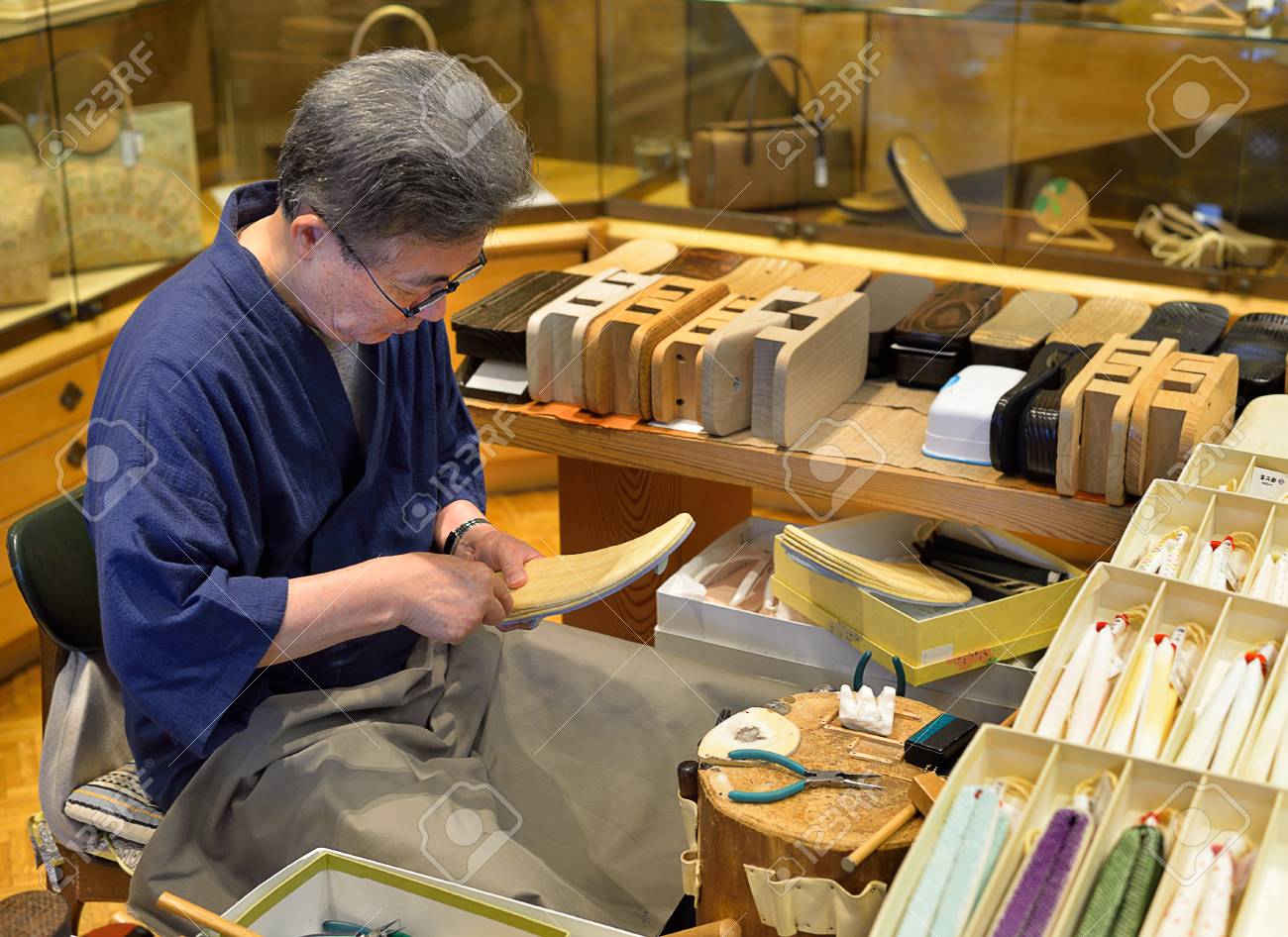
Repair: If you notice any wear and tear, consider getting them repaired by a professional cobbler who specializes in Japanese footwear. (Source: Internet)
Conclusion
So, the next time you slip on a pair of flip-flops in Japan, take a moment to appreciate the history, culture, and fashion trends that these seemingly simple sandals have woven into the fabric of Japanese society. They’re not just shoes; they’re a reflection of the nation’s ability to embrace change while preserving its rich heritage.
FAQs
What are Japanese flip-flops?
Japanese flip-flops refer to traditional Japanese footwear, including Zori and Geta, which are sandals with elevated wooden soles and thong-style straps.
What is the difference between Zori and Geta?
Zori are flat, straw, or fabric sandals with a thong strap and are typically worn with formal kimono attire. Geta, on the other hand, have elevated wooden soles and two wooden blocks underneath, with a fabric thong strap. They are often worn with casual or informal clothing.
Are Japanese flip-flops comfortable to wear?
Comfort can vary from person to person, but some people find Zori and Geta comfortable for short periods. However, they may not be ideal for long walks or extended periods of standing, as the wooden soles can be less forgiving than cushioned shoes.
How do you wear Japanese flip-flops?
To wear Zori, you simply slide your foot into the thong strap, positioning it between your big toe and the one next to it. For Geta, you can also slide your foot into the thong strap to ensure the wooden blocks are positioned correctly under your feet.
Are Japanese flip-flops only worn in Japan?
While Zori and Geta have their origins in Japan, they are occasionally worn in other countries for special occasions, cultural events, or as fashion statements.
Can you wear Japanese flip-flops in wet conditions?
Wearing Zori or Geta in wet conditions is not advisable, as the wooden soles can become slippery and deteriorate if exposed to moisture. However, modern versions may have non-slip features.
Are Japanese flip-flops unisex?
Yes, both Zori and Geta can be worn by people of any gender. The design and style may vary, but they are not restricted to a particular gender.
Can I find traditional Japanese flip-flops outside of Japan?
Yes, it is possible to find traditional Japanese flip-flops in specialty stores, online marketplaces, and stores that specialize in Japanese or Asian culture.
How do I care for and maintain my Japanese flip-flops?
To maintain Zori and Geta, keep them dry and avoid exposing them to moisture. Clean them with a soft cloth or brush and store them in a cool, dry place when not in use.
Are there modern variations of Japanese flip-flops?
Yes, modern versions of Zori and Geta are available with various materials, designs, and comfort features. Some may even have rubber soles for improved grip and comfort.

